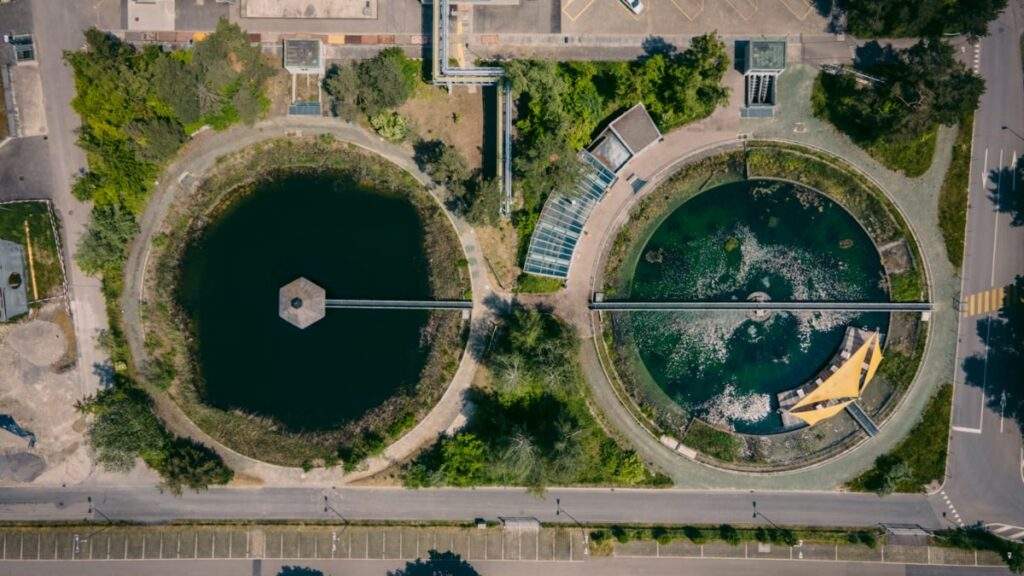Breakthrough in Wastewater Treatment: Indian Researchers Develop Sunlight-Powered Technique to Remove Toxic Chromium
In a significant breakthrough in wastewater treatment, Indian researchers at the Institute of Nano Science and Technology (INST) in Mohali, led by Dr. Bhanu Prakash, have developed a new technique to address chromium contamination in wastewater. This innovative approach employs sunlight as a catalyst in combination with microfluidic technology to convert toxic hexavalent chromium into the less harmful trivalent chromium.
The World Health Organisation (WHO) sets stringent limits for chromium in drinking water, with a recommended limit of 0.05 mg/L for hexavalent chromium and 5 mg/L for trivalent chromium. Reducing hexavalent chromium is essential due to its high toxicity. Conventional methods for chromium removal, such as ion exchange, adsorption, and chemical reduction, tend to be costly and often lack efficiency.
The new technique, published in the Chemical Engineering Journal, uses a continuous flow photoreduction process with TiO2 nanoparticles and sunlight to convert hexavalent chromium into trivalent chromium. The researchers validated this method with a smartphone-based colorimetric technique to monitor chromium reduction in wastewater.
The use of microfluidic technology allows for precise control over flow rate and reactor dimensions, enhancing reduction efficiency. A key advantage of this method is its cost-effectiveness and reliance on renewable energy. The researchers achieved a 95% reduction in chromium levels using a serpentine microreactor with an anatase phase photocatalyst by optimizing parameters such as reactor design and flow rate.
The scalability of this process is evident, with the potential for parallel microfluidic reactors or enhanced reactor surfaces to improve efficiency and capacity for large-scale wastewater treatment. This breakthrough has significant implications for industries like leather tanning and electroplating, which are known to discharge high levels of chromium into the environment.
Dr. Bhanu Prakash’s team at INST has made a significant stride in developing a sustainable solution for chromium contamination in wastewater. This innovative technique can potentially revolutionize the way wastewater is treated, making our environment cleaner and safer.
